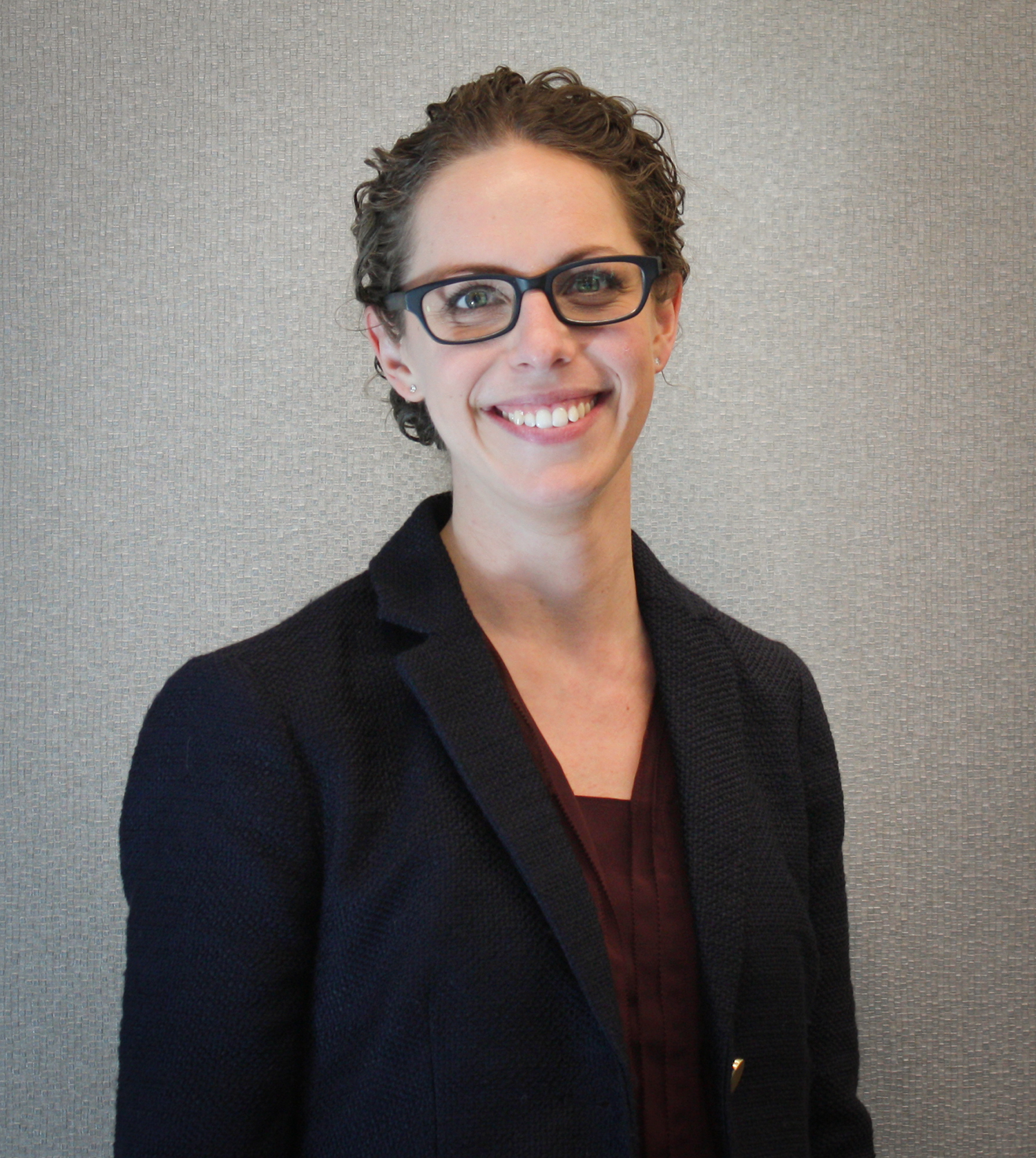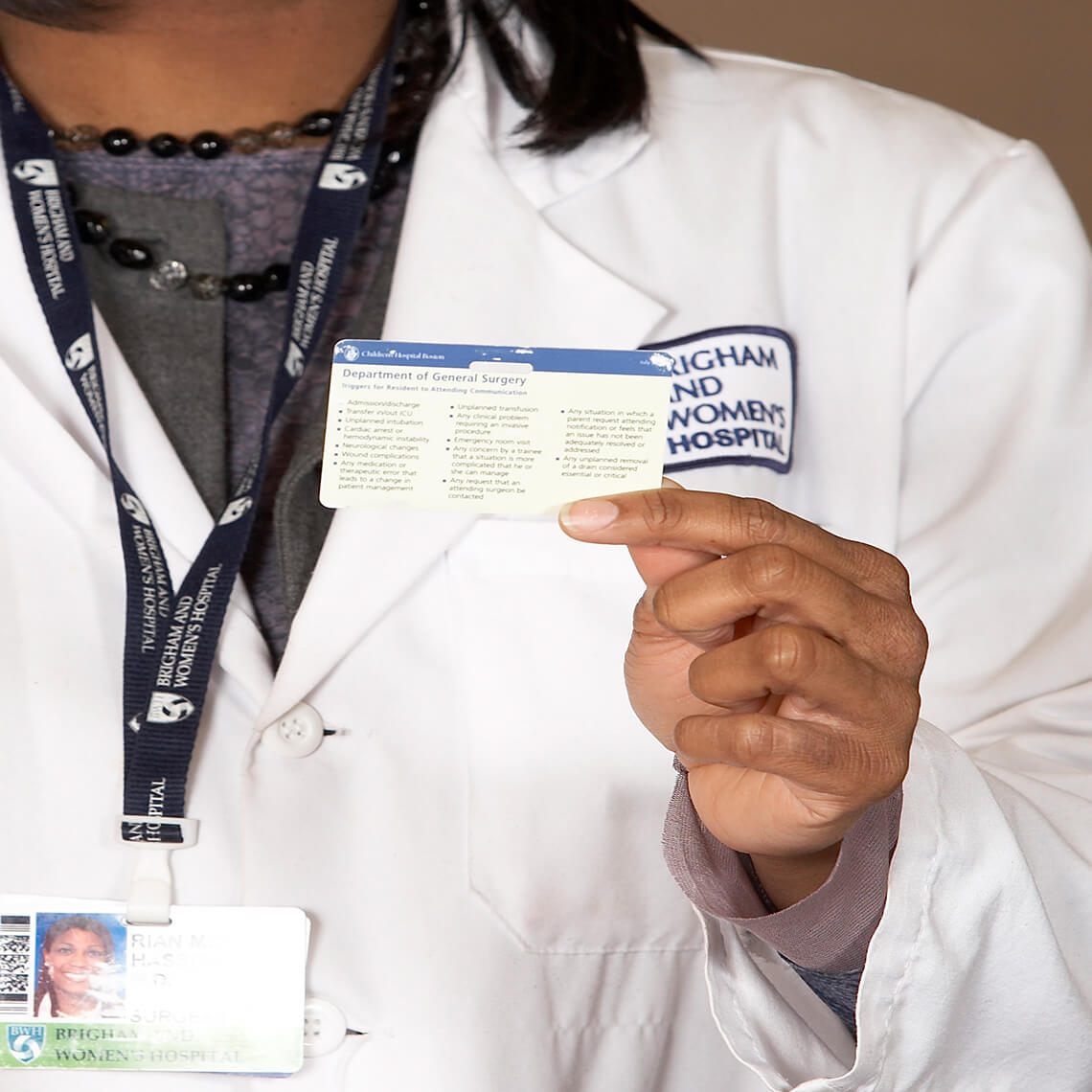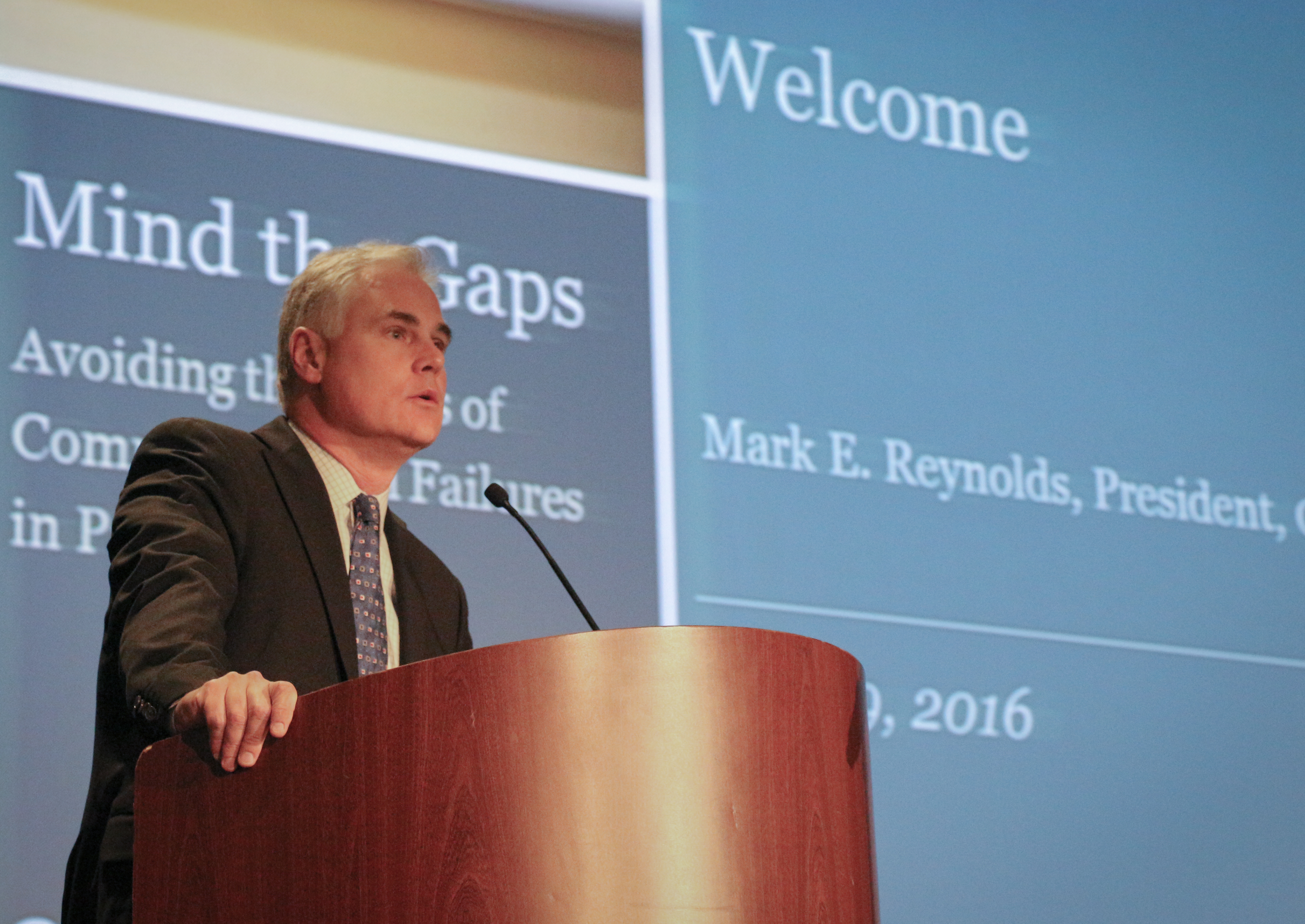Blog Post
Eyes Opened to the ‘Potential for Harm’: Fellow Shares Her Transformative Experience
 In July, CRICO celebrated the graduation of the HMS Fellowship in Patient Safety and Quality class of 2015–2017. This program is a collaborative effort between CRICO and Harvard Medical School, begun in 2012. Applicants come from all medical specialties and are then trained to become patient safety and quality leaders. We asked fellowship alumna, Emily Aaronson, MD, MPH, to share her thoughts on how her time in this program has impacted her professional life.
In July, CRICO celebrated the graduation of the HMS Fellowship in Patient Safety and Quality class of 2015–2017. This program is a collaborative effort between CRICO and Harvard Medical School, begun in 2012. Applicants come from all medical specialties and are then trained to become patient safety and quality leaders. We asked fellowship alumna, Emily Aaronson, MD, MPH, to share her thoughts on how her time in this program has impacted her professional life.
Can you identify one or two things that were the most eye-opening during your training?
The fellowship was a truly transformative experience. The exposure to both the academic discipline related to safety science – through fellowship didactics, classes at the School of Public Health and on-site mentorship—as well as the applied science of patient safety in the complex hospital environment, was extremely educational. Of highest impact, I learned 1) the importance of engaging all of the different stakeholders—and the associated discipline to that effort, 2) keeping an open mind in a setting of evolving information, and 3) systematically analyzing and responding to individual events. All of this was fascinating to learn and practice.
How has this program Affected the way in which you will practice medicine going forward?
The program has not only impacted my patient safety career, or ‘non clinical’ work, but also deeply changed the way I practice clinically. I am now so much more aware of not only the good—but also the potential for harm – that exists in our practice. More so, I now come to my clinical shifts with an eye to improvement and a commitment to ‘speaking up’ and supporting others on my team to do the same—now with a much deeper understanding of the importance of this ethos to help impact individual patient outcomes.
What was your specialty focus when you became a Fellow?
My specialty is Emergency Medicine, and when I started the Fellowship I had just finished my residency. I was starting as a new attending, and although I had, and continue to have, a deep interest in the intersection of quality and safety and emergency medicine, I was also interested in the broader application of quality and safety across the hospital.
Did you have any experience with patient safety prior to being accepted into the program?
I had the opportunity to serve as the resident representative to the Brigham and Women’s patient safety group that reviewed safety events across the hospital. I also helped form a house staff committee that aimed to address these issues at the ‘sharp end’ of care. My research interests during residency tended to focus on quality improvement projects that often had a safety focus.
Was the trajectory of your career changed in some way by your experiences during the Fellowship?
My career has been completely transformed by the fellowship. Before the fellowship, I had little sense of the opportunities available to work on patient safety issues at the hospital level, or to engage in projects that touched multiple departments and disciplines. Through the fellowship, I came to understand the many roles that exist that can effect this kind of change. Then, I actually spent the two years getting the substantive project experience that helped make me competitive for a role like this.
If you could share one piece of advice for new physicians based upon what you learned as a Fellow, what would it be?
Deeply commit to being a part of the system solutions, and treat the system problems with the same curiosity and commitment to impacting their outcomes as you do with each clinical disease you treat.
Dr. Aaronson serves as Assistant Chief Quality Officer for The Massachusetts General Hospital in Boston.
Related Blog Posts
Investing in Patient Safety


Mind the Gaps: Learning How to Avoid Miscommunication Pitfalls
January Safety Salute | MedStar Health Creating a Just Culture

